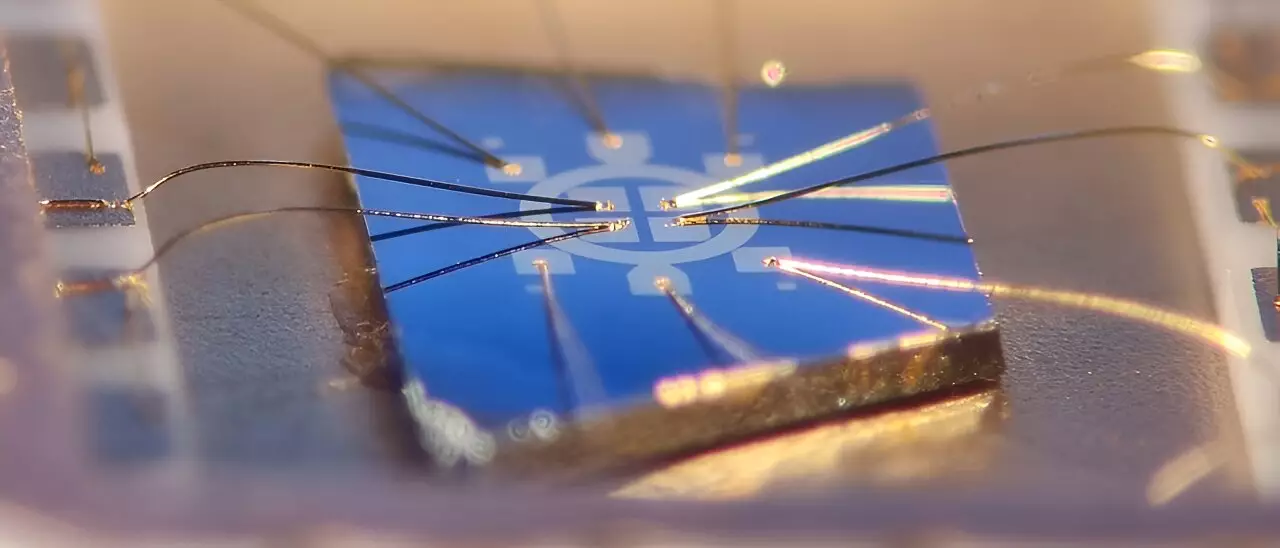In a recent development at the University of Würzburg, researchers have made significant progress in the field of quantum resistance standards. This advancement relies on a quantum phenomenon known as the Quantum Anomalous Hall effect. The accurate measurement of electrical resistance is crucial in various industries such as industrial production and electronics. The ability to measure resistance precisely plays a vital role in the production of high-tech sensors, microchips, and flight controls.
The Quantum Anomalous Hall effect (QAHE) is a quantum phenomenon that allows for precise resistance measurements without the need for an external magnetic field. This method offers improved accuracy in resistance measurements, making it an essential tool in complex systems. By utilizing the QAHE, researchers can enhance the performance of quantum resistance standards and achieve more reliable results.
The quantum Hall effect, upon which the QAHE is based, depends on fundamental constants of nature such as Planck’s constant and the elementary charge. These constants contribute to the quantization of resistance values, making it an ideal standard resistor. The ability to measure resistance accurately without the influence of external factors simplifies experiments and enhances the determination of physical quantities like the kilogram.
While the QAHE has shown promise in resistance measurements, previous limitations existed due to the disruption caused by higher currents. Researchers at the University of Würzburg have developed a solution to this challenge by neutralizing the electric field using a multi-terminal Corbino device. This innovative approach allows for the quantization of resistance values at higher currents, thus increasing the robustness of resistance standards based on the QAHE.
In their feasibility study, the researchers demonstrated the effectiveness of the new measurement method using basic DC techniques. The next phase of their research involves collaborating with the Physikalisch-Technische Bundesanstalt (German National Metrology Institute, PTB) to test the method with more precise metrological tools. This collaboration aims to validate the accuracy and reliability of the enhanced resistance measurement technique and explore its potential applications beyond the QAHE.
The development of a method to improve quantum resistance standards using the Quantum Anomalous Hall effect represents a significant breakthrough in metrological measurements. By overcoming previous challenges and enhancing the robustness of resistance measurements, researchers are paving the way for more precise and reliable standards in industrial production and electronics. With further advancements and collaborations in the field of metrology, the new measurement method holds the potential to revolutionize the way resistance is measured and standardized.



Leave a Reply